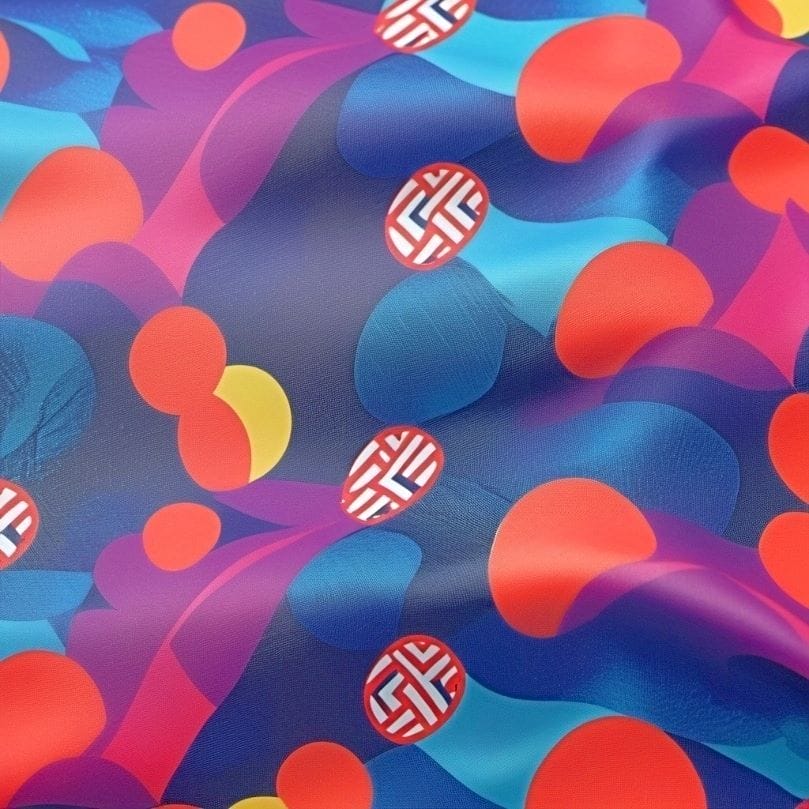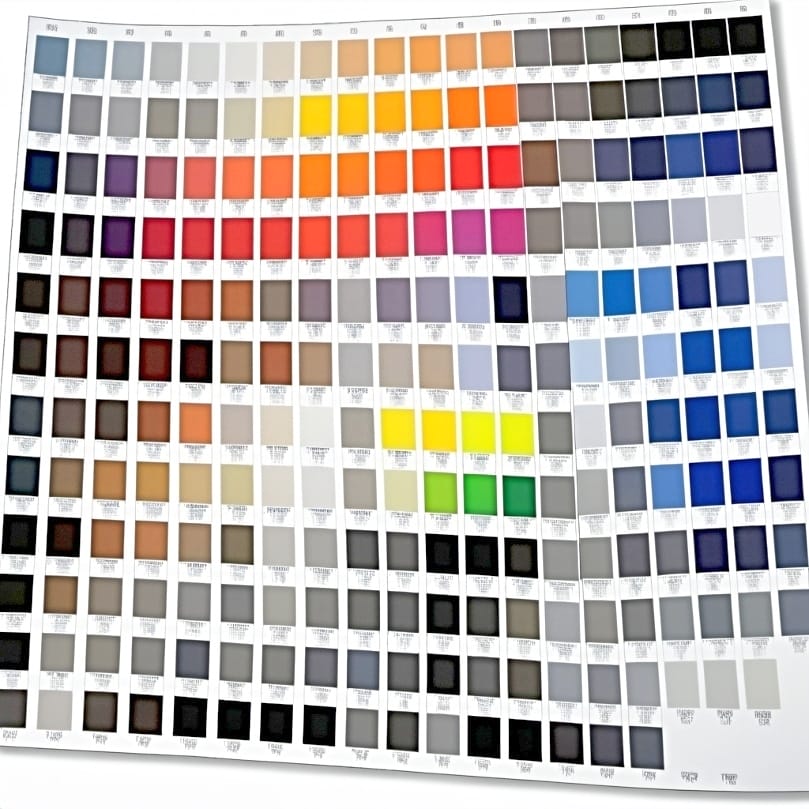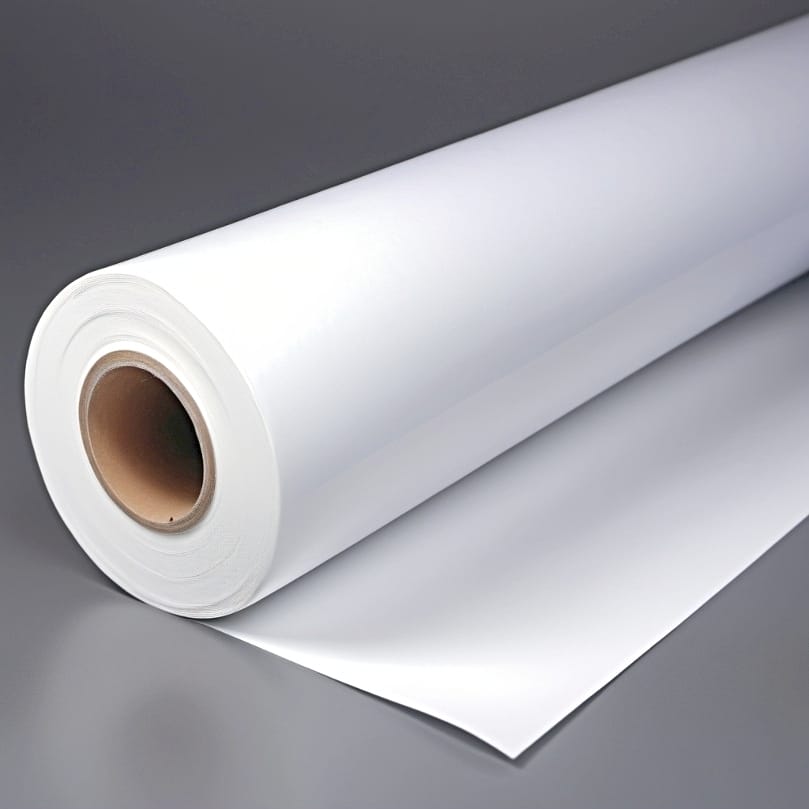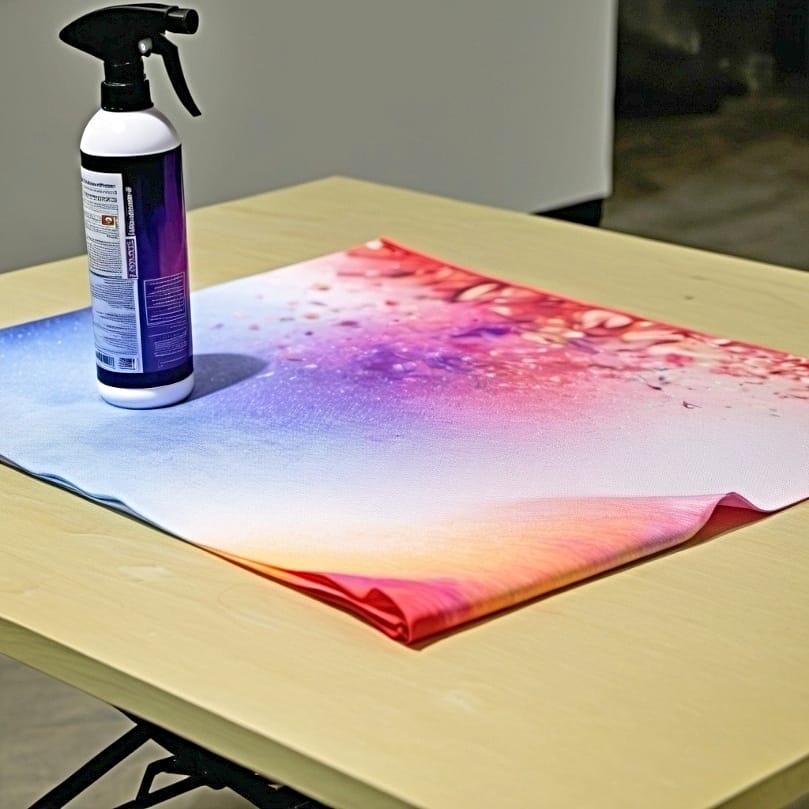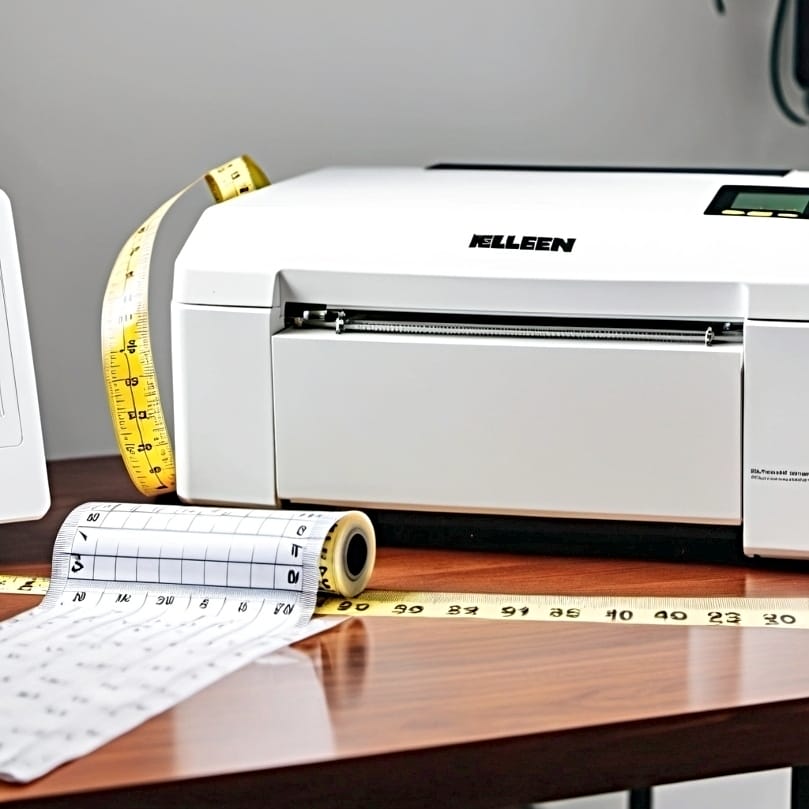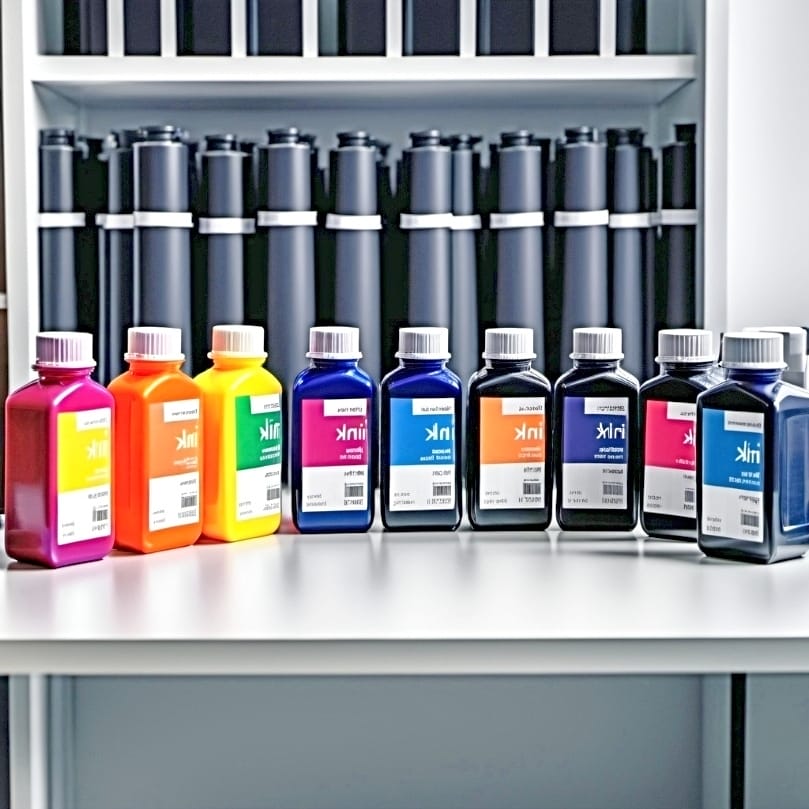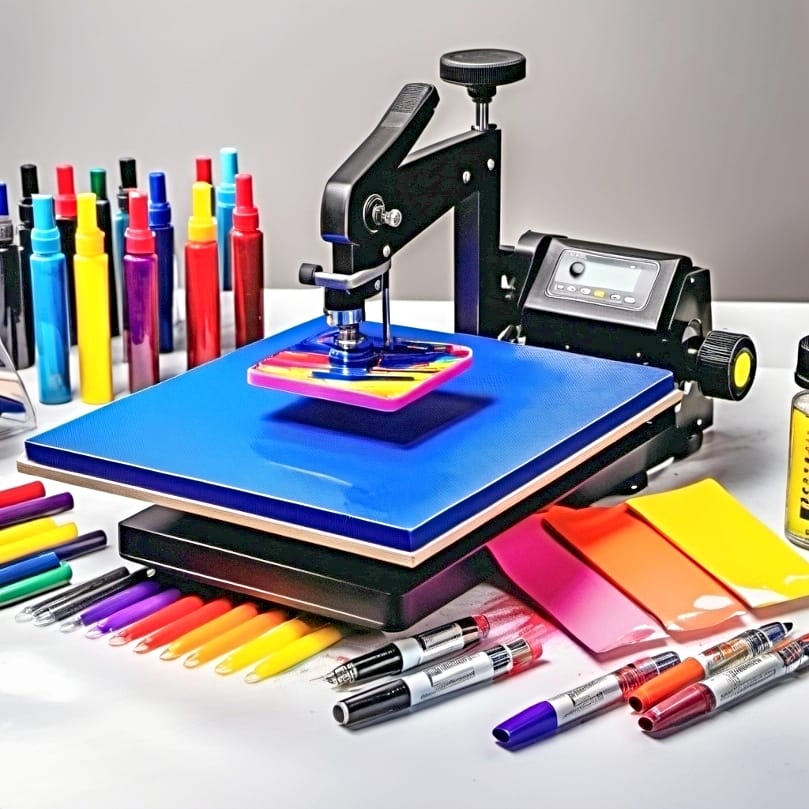Table of Contents
ToggleAmong the crucial questions that might arise on your journey through the world of sublimation: what percentage polyester for sublimation ensures vivid and durable prints? The quick answer is that a minimum of 50% polyester is essential, but for the best results, a higher content of 65% to 100% is recommended. Be sure to read on as we guide you through the reasons behind these percentages and how to choose the best polyester blend for your sublimation needs. Enjoy your sublimation journey!
Key Takeaways
- Polyester is the optimal fabric for sublimation printing due to its hydrophobic properties and high melting point, which allow sublimation ink to bond permanently within the fabric’s structure, particularly at a heat range of 375°F to 400°F and with proper pressure.
- For best sublimation printing results, a minimum of 65% polyester content in the fabric is recommended, with higher percentages such as 75% or more providing better vibrancy, quality, and durability of prints.
- While polyester is ideal, sublimation can also be used on other synthetic materials such as acrylic and nylon; however, natural fibers like 100% cotton require special treatments for sublimation to be effective, raising costs and complexity.[1]
The Science Behind Polyester and Sublimation
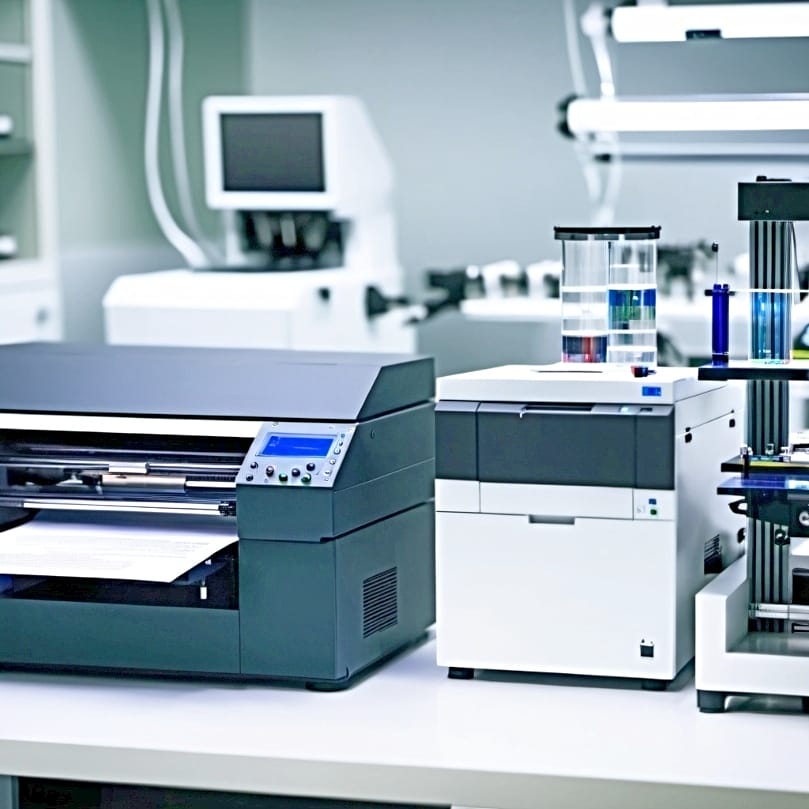
In the realm of printing techniques, dye sublimation stands out for its chemistry with polyester. Polyester, a synthetic fabric, is the perfect partner for sublimation inks, creating high-quality prints that are vibrant and enduring. Polyester’s unique properties like its high melting point and hydrophobicity make it an ideal canvas for sublimation dyes.
Sublimation on polyester is a chemical process. The sublimation ink transitions from solid to gas when heated, penetrating the fabric and creating a permanent bond. The result? Exceptionally vibrant sublimation prints that last. So, how does this chemical bonding occur? We’ll proceed to understand the bonding process of sublimation ink with polyester.[2]
How Sublimation Ink Bonds with Polyester
The key player in the sublimation process is the ink. When subjected to heat, sublimation ink transitions from a solid to a gas. In this gaseous state, the ink can penetrate the fibers of the polyester fabric. Upon cooling, the ink exits the gaseous state and forms a permanent bond within the fabric’s structure.
This characteristic differentiates sublimation from other printing techniques. The ink doesn’t merely sit on the fabric’s surface; it becomes a part of the fabric itself. This bond between sublimation ink and polyester fibers ensures high durability and a long-lasting print. However, the successful application of the process relies on the right conditions, specifically heat and pressure.
The Role of Heat and Pressure in Sublimation
Heat and pressure play pivotal roles in the sublimation process. Heat is crucial as it converts the dye from solid to gas, allowing it to bond with the polyester fabric. Typically, a temperature range of 375°F to 400°F is required to ensure proper dye transfer and bonding with polyester materials. But it’s not as simple as cranking up the heat. Maintaining an optimal temperature is vital in sublimation; excessively high temperatures can harm the fabric while inadequate heat can result in faded prints.
⫸ Click Here For Best Selling Sublimation Printers And Products ⫷Equally important is pressure, which ensures even distribution of dye and contributes to high-quality prints on polyester fabrics. Correct pressure prevents issues such as distortion or incomplete transfers that lead to blurry images. So, it’s a balancing act, fine-tuning both heat and pressure settings, often guided by the type of substrate and the manufacturer’s instructions.
Having unraveled the science of sublimation, one may now wonder about the ideal polyester percentage for sublimation.
Determining the Perfect Polyester Percentage
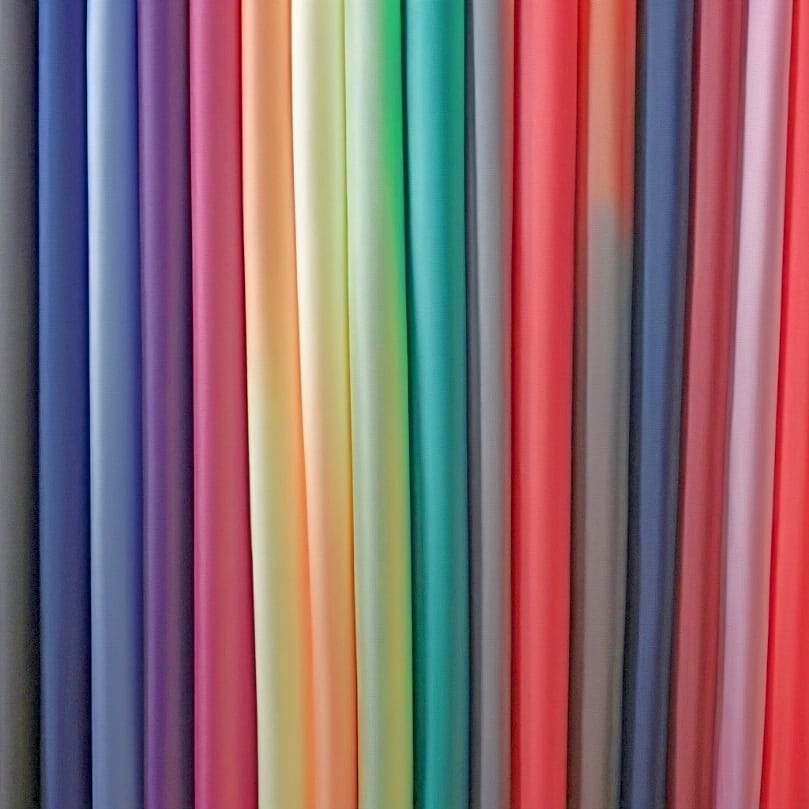
The percentage of polyester in the fabric is a key factor in achieving optimal sublimation results due to its impact on overall color saturation and print quality. But what’s the minimum requirement for polyester, and is there an optimal concentration? We’ll discuss this in detail.
Minimum Polyester Requirement
In the context of sublimation, successful printing necessitates a minimum of 50% polyester content. Lower percentages can lead to significant color fading after washing. While fabrics with at least a 40% polyester count can be used for sublimation, higher percentages are preferred to achieve high quality sublimation prints, also known as sublimated prints.
Using a shirt with only 50% polyester will result in a less saturated print, with only half of the dye transferring permanently and the remaining portion prone to washing out. What if we raise the polyester concentration?
Optimal Polyester Concentration
Increasing the polyester content in your fabric of choice enhances the sublimation printing process. Here are some guidelines to follow:
- High polyester content, especially those with 90% or more, significantly enhances the bond between dye and fabric, resulting in superior quality transfers.
- For optimal sublimation results, a polyester content of at least 65% is suggested, though further increasing this to 75% or more may yield better results.
- Utilizing shirts with at least 75% polyester ensures durability and minimal color fading through multiple laundry cycles.
A blend of 65% polyester and 35% cotton strikes a good balance. It provides comfort while maintaining cost-effectiveness and excellent print quality. How about experimenting with the polyester blend? Would it still yield satisfactory results?
Working with Different Polyester Blends

The percentage of polyester has a significant impact on the overall recipe used in sublimation printing. It influences the final outcome and quality of the printed material. Choosing different blends can help strike a balance between cost, comfort, and print vibrancy. Opting for either lower or higher polyester blends comes with its own unique set of advantages and drawbacks, which we’ll examine in the subsequent sections.
Lower Polyester Blends: Pros and Cons
Lower polyester blends have their charm. They create a vintage fade look that has gained popularity in fashion. Some benefits of lower polyester blends include:
- Creating a unique aesthetic with a vintage fade look
- Being more cost-effective compared to other fabric blends
- Providing a good compromise between comfort and durability with a 65/35 cotton-polyester blend
- Offering additional softness and breathability with tri-blends
However, it’s important to note that lower polyester blends might compromise the brightness and durability of prints.
Higher Polyester Blends: Maximizing Print Quality
On the other end of the spectrum, higher polyester blends, especially those with 90% or more, enhance the bond between fabric dye and fabric, resulting in superior quality transfers. Sublimation on higher polyester blends leads to permanent, full-colored designs that do not crack or fade, much like a tattoo on the fabric.
Garments with a higher percentage of polyester, such as a 90/10 polyester/spandex mix, demonstrate noticeable improvements in color vibrancy and detail sharpness, especially in light colored garments.
Tips for Successful Sublimation on Polyester Fabrics
Now that we have an understanding of the science behind sublimation and the role of polyester, let’s dive into some practical tips for achieving successful sublimation on polyester fabrics.
Selecting the Right Heat Press Settings
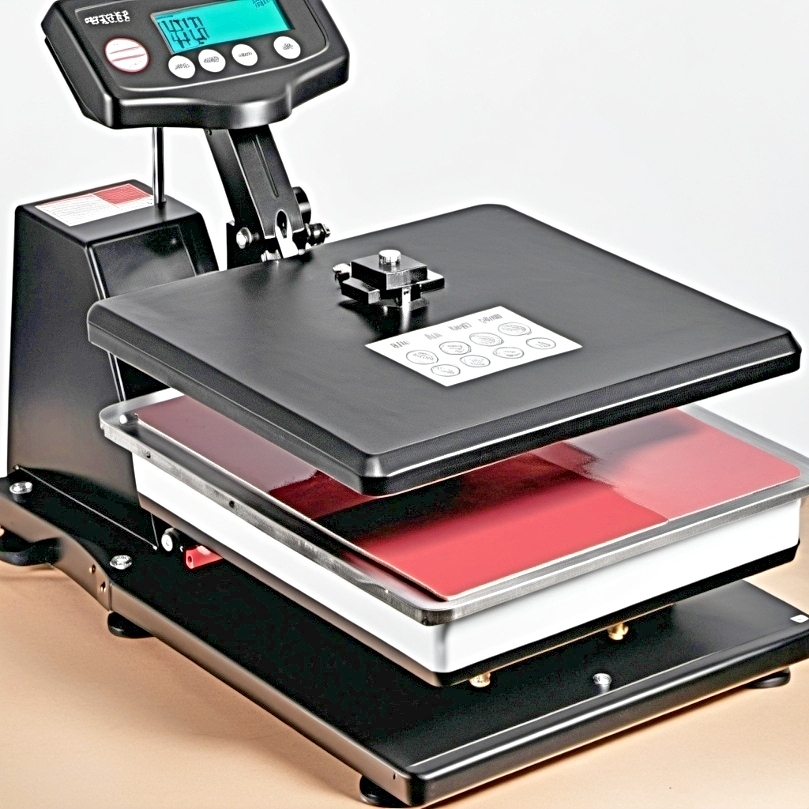
Your heat press is your best friend when it comes to sublimation printing. The right settings can make or break your print result. For sublimation on polyester fabric, a temperature range of 375°F to 400°F is recommended. The optimal time for pressing polyester fabric in sublimation is between 40 to 75 seconds. Light to medium pressure, equivalent to 35 to 50 psi, is suggested for sublimation on polyester fabric.
Ensuring Proper Ink Quality
High-quality sublimation ink is crucial for achieving vibrant and durable prints on polyester fabrics. It’s recommended to use sublimation ink that is compatible with the specific printer and substrate being used. Mixing old sublimation ink with a new batch can reduce the shelf life and contaminate the new ink, so it’s advised to keep different batches separate.
Also, using distilled water to clean refillable cartridges and equipment can prevent introducing bacteria into the sublimation ink.
Exploring Sublimation on Alternative Materials
While polyester is the star of the sublimation show, it’s not the only performer. Sublimation printing can be done on a wide variety of materials, not limited to polyester.
We’ll now explore some alternative materials – natural fibers and synthetic fabrics.
Sublimation on Natural Fibers

Natural fibers such as cotton are not naturally receptive to sublimation ink due to their lack of the required polyester content. Attempts at sublimating on 100% cotton result in heavy fading and mere staining, proving it doesn’t retain the design effectively. Without a polyester blend or a special treatment, cotton fibers will not properly hold the sublimation dye, leading to the design rubbing or washing off after cleaning.
However, for successful sublimation on 100% cotton, you can use a special pre-washing treatment combined with a unique transfer paper approach, which incurs an additional cost.
Sublimation on Synthetic Fabrics
Beyond polyester, other synthetic fabrics such as acrylic and nylon can be used for sublimation printing. Acrylic, for instance, allows for vivid designs on non-fabric items such as keychains, nightlights, and photo panels, expanding the versatility of sublimation printing.
White or light-colored nylon is also suitable for sublimation printing, thereby offering an alternative to traditional fabric choices.
Case Studies: Successful Sublimation Projects
Real-world examples often speak louder than theory. Here are some successful sublimation projects that demonstrate the versatility of this technique, including the creation of sublimation shirts. The use of higher percentage polyester blends, like the 100% polyester athletic wear, resulted in extremely vibrant and durable prints suitable for sportswear.
A local marketing campaign also benefited from using 70% polyester flags due to strong color retention and longevity in outdoor conditions.
Summary
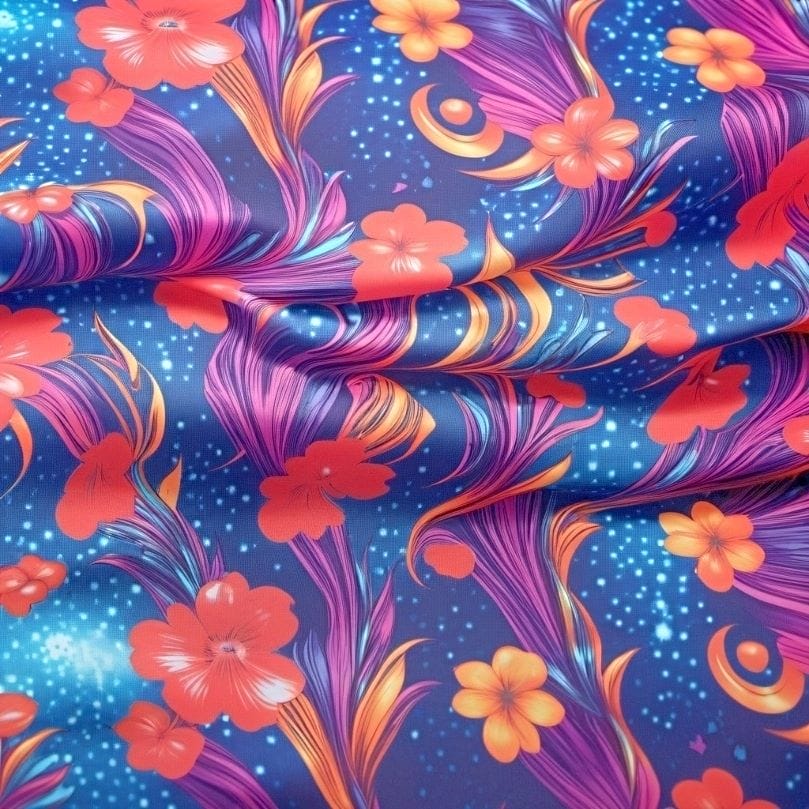
From the science behind sublimation to the optimal polyester percentage, and from various polyester blends to alternative materials, we’ve journeyed through the vibrant world of sublimation printing on polyester. Now armed with this knowledge, it’s your turn to experiment with sublimation printing. Dive in, explore, and let your creativity shine![3] You can view more resources on sublimation printing here.
Frequently Asked Questions
Can I sublimate on 50% polyester?
Sublimation on 50% polyester is not recommended as it may result in a faded appearance.
What is the best percentage of polyester for sublimation?
The best percentage of polyester for sublimation is 65%, combined with 35% cotton, as this blend produces high-quality, long-lasting prints.
Can sublimation printing be done on natural fibers like cotton?
Yes, sublimation printing can be done on natural fibers like cotton with special treatment and transfer paper to achieve optimal results.
What are the recommended heat press settings for sublimation on polyester fabric?
To achieve optimal sublimation on polyester fabric, use a heat press temperature of 375°F to 400°F and press for 40 to 75 seconds with light to medium pressure. These settings will ensure a successful sublimation process on polyester fabric.
What is the role of sublimation ink in the process?
Sublimation ink is crucial for achieving vibrant and durable prints on polyester fabrics as it transitions from a solid to a gas when subjected to heat, forming a permanent bond within the fabric’s structure.
References
- Militký, J. (2009). The chemistry, manufacture and tensile behaviour of polyester fibers. In Elsevier eBooks (pp. 223–314). https://doi.org/10.1533/9781845696801.2.223
- Militký, J. (2009b). The chemistry, manufacture and tensile behaviour of polyester fibers. In Elsevier eBooks (pp. 223–314). https://doi.org/10.1533/9781845696801.2.223
- Zhang, C., & Fang, K. (2009). Surface modification of polyester fabrics for inkjet printing with atmospheric-pressure air/Ar plasma. Surface & Coatings Technology, 203(14), 2058–2063. https://doi.org/10.1016/j.surfcoat.2009.02.006

